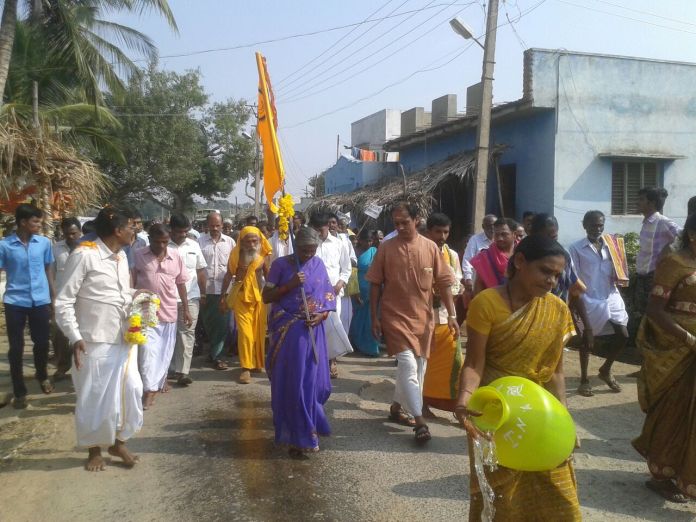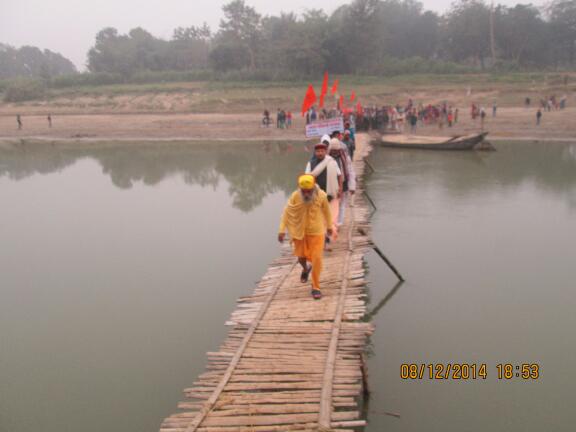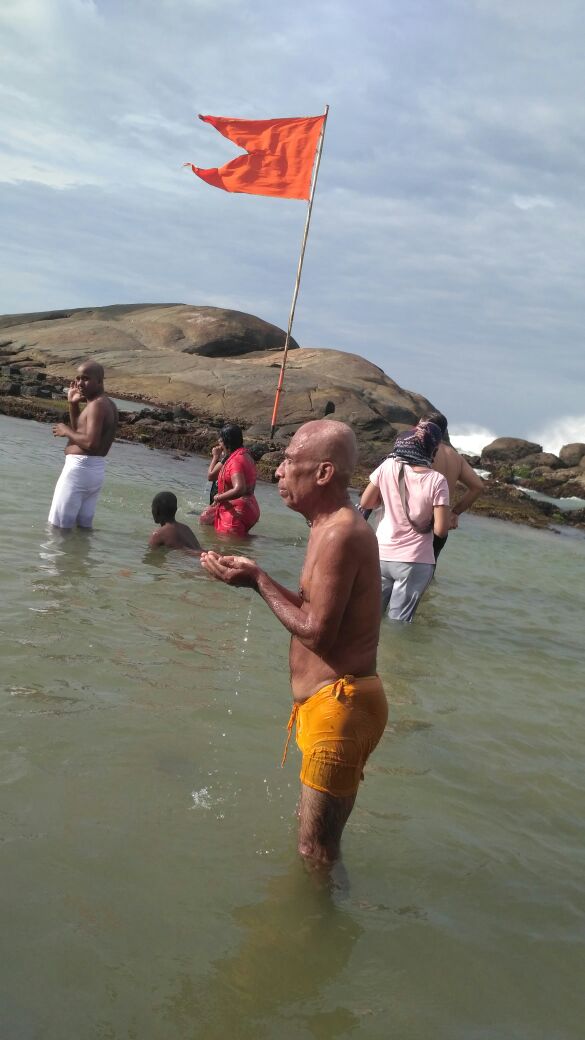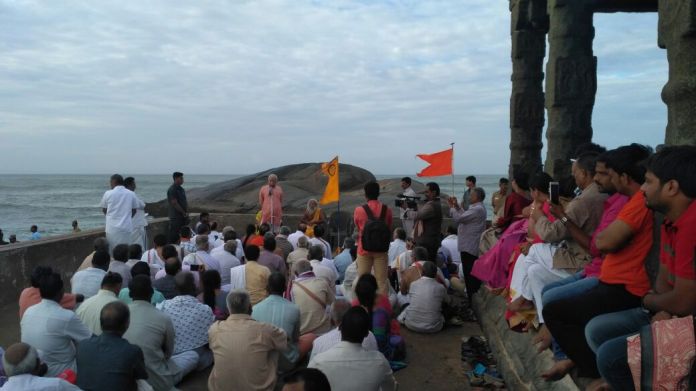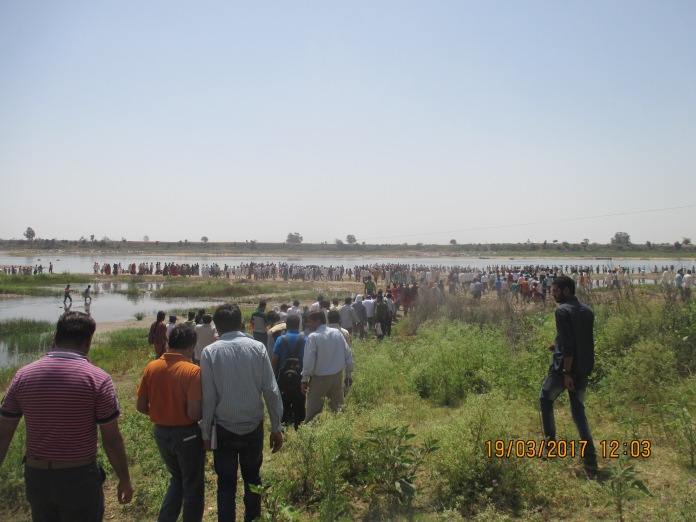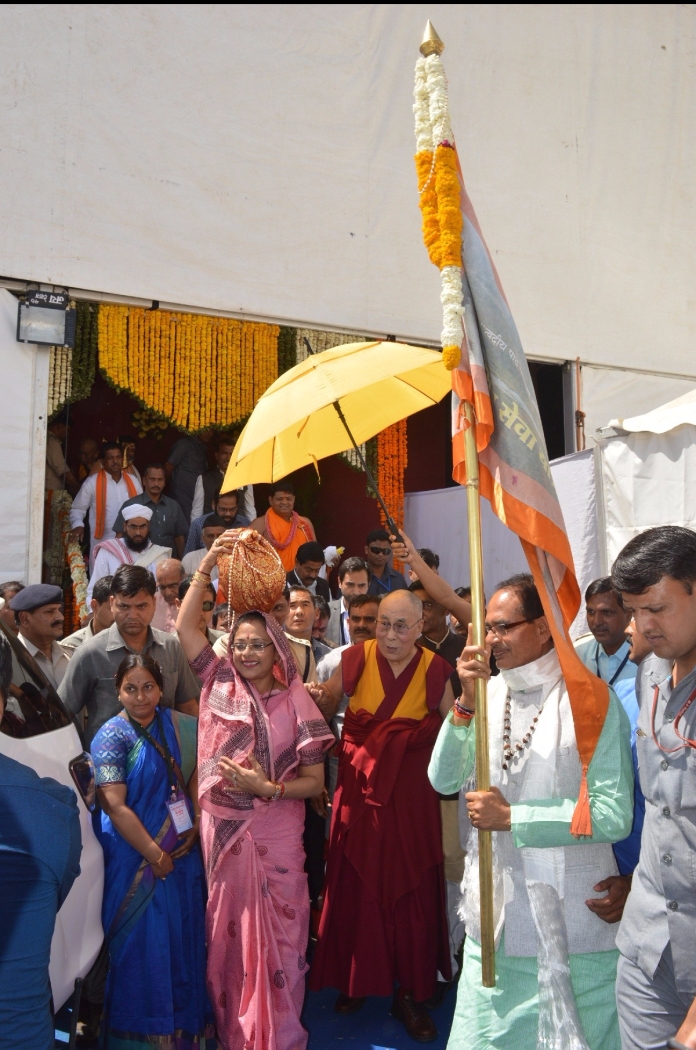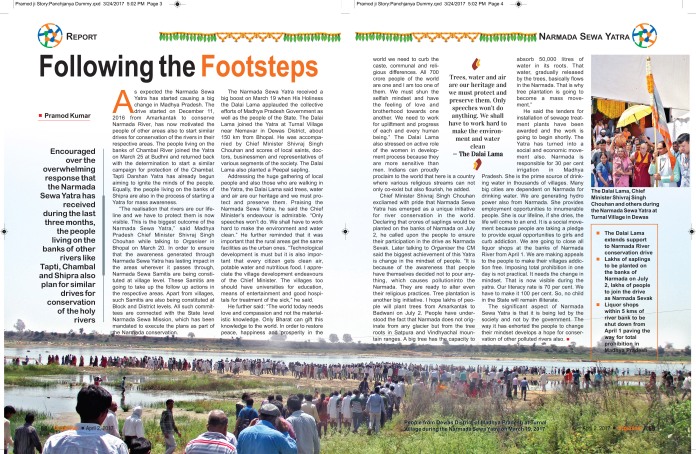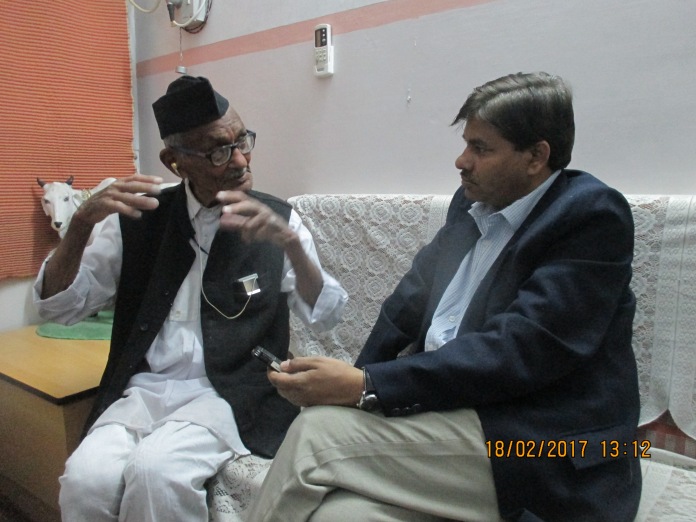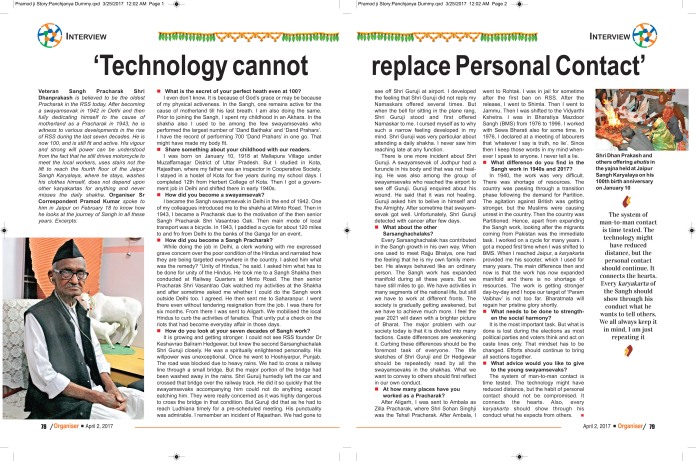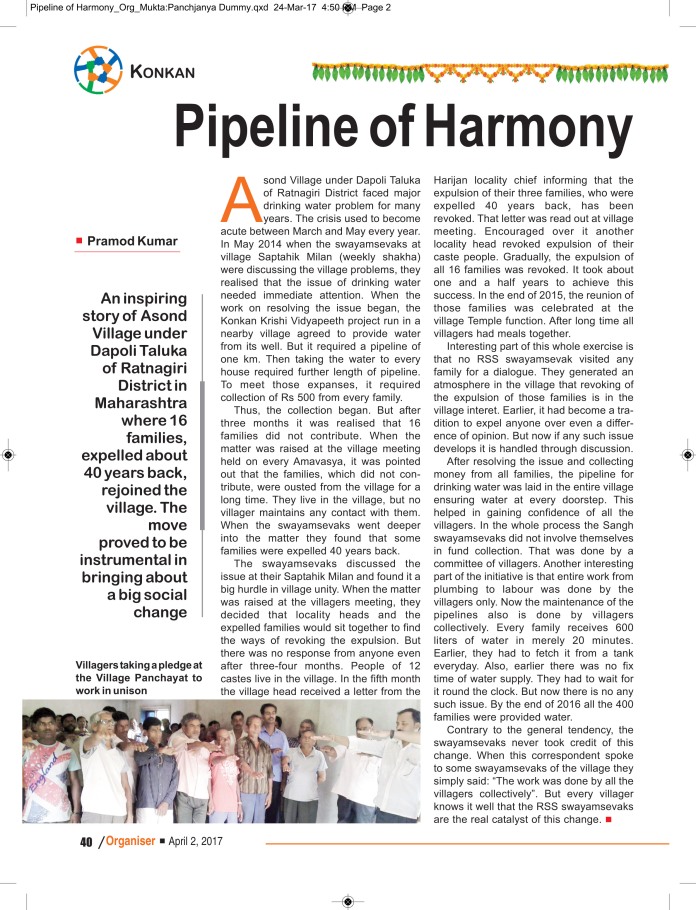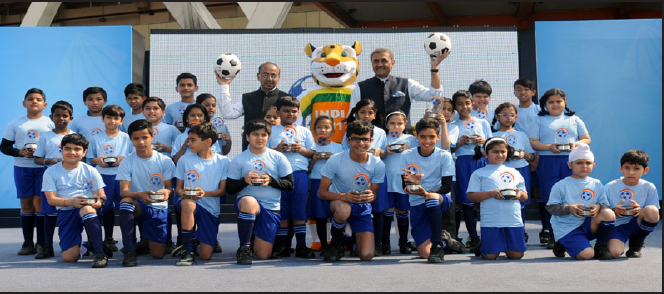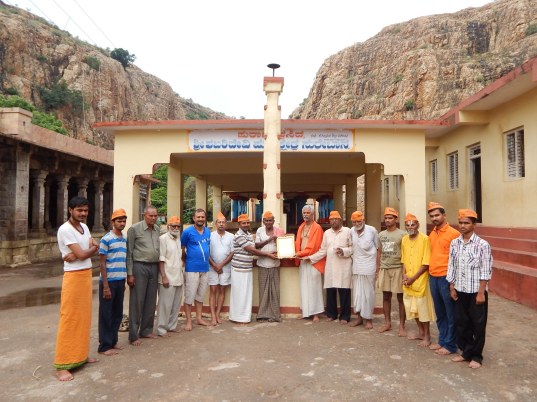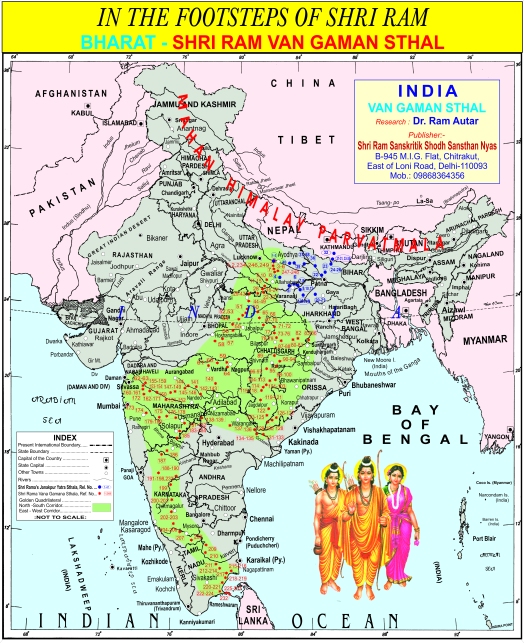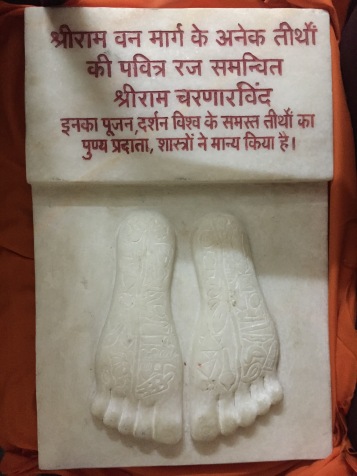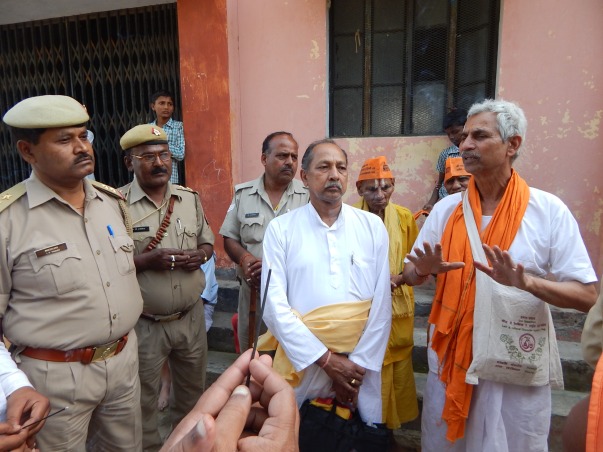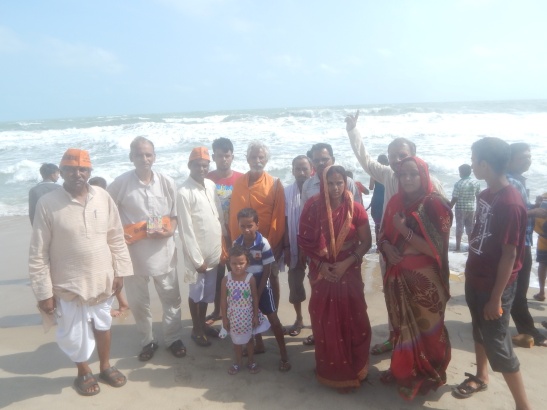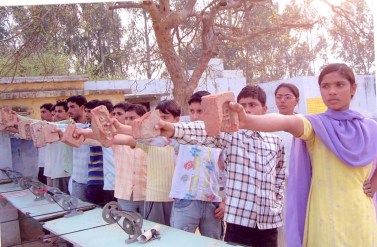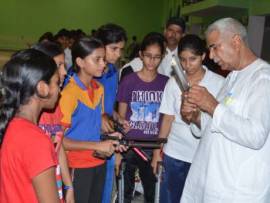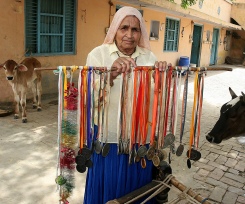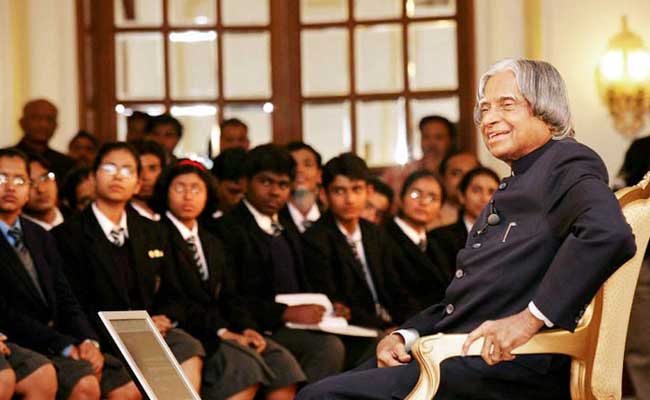
प्रमोद कुमार
घटना संभवत: 2003 की है। डॉ. एपीजे अब्दुल कलाम को राष्ट्रपति बने ज्यादा समय नहीं हुआ था। एक दिन एक स्थानीय समाचारपत्र में खबर छपी कि बिहार के समस्तीपुर जिले का 14 एक वर्षीय बालक जंतर-मंतर पर धरने पर बैठा है। उसकी नाराजगी इस बात से थी कि राष्ट्रपति भवन के कर्मचारियों ने उसे राष्ट्रपति कलाम से नहीं मिलने दिया। जब यह समाचार डॉ. कलाम को मिला तो वे बहुत द्रवित हुए। उन्होंने उसी समय अपने प्रेस सचिव एस.एम. खान को आदेश दिया कि अभी जंतर-मंतर जाओ और उस बालक को ढूंढ़कर लाओ। खान तुरंत जंतर-मंतर गए, बालक को ढूंढ़ा, लेकिन वह नहीं मिला। पता चला कि दो दिन धरने पर बैठने के बाद वह समस्तीपुर लौट गया। उन्होंने समस्तीपुर के जिलाधिकारी से बात की। जिलाधिकारी की मदद से उस बालक को परिवार सहित दिल्ली लाया गया और उसने डॉ. कलाम से आधे घंटे तक बात की। वह बहुत ही भावुक क्षण था। बालक के जीवन की सबसे बड़ी अभिलाषा पूरी हो रही थी और देश का प्रथम नागरिक पूरे चाव से उसकी बातें सुन रहा था।
इस घटना से पता चलता है कि डॉ. कलाम को लेकर एक साधारण ग्रामीण बालक के मन में भी कैसी भावना थी और डॉ. कलाम भी उस साधारण बालक के मन की बात सुनने के लिए कितने लालायित थे। दिल को छूने वाली ऐसी ही कई घटनाओं को एसएम खान ने अपनी पुस्तक ‘द पीपुल्स प्रेसिडेंट: एपीजे अब्दुल कलाम’ में संकलित किया है। 174 पृष्ठ की यह पुस्तक अंग्रेजी में है, जिसे ब्लूम्सबरी ने प्रकाशित किया है।
डॉ. कलाम आजादी के बाद संभवत: देश के पहले ऐसे राष्टÑपति थे जो राष्टÑाध्यक्ष होने के बावजूद साधारण नागरिक की तरह रहे और राष्ट्रपति भवन के दरवाजे देश के साधारण से साधारण नागरिक के लिए खुले रखे। कोई भी व्यक्ति उनसे मिलकर अपने मन की बात कर सकता था। डॉ. कलाम ने देश के 11वें राष्ट्रपति के रूप में 25 जुलाई, 2002 को शपथ ली और 7 अगस्त, 2002 को एस.एम. खान ने उनके प्रेस सचिव का कार्यभार संभाला। डॉ. कलाम ने पहले ही दिन अपना मंतव्य स्पष्ट करते हुए उनसे कहा था- ‘‘मैं राष्ट्रपति भवन को आम जन का स्थान बनाना चाहता हूं। ऐसा स्थान जहां देश के हर वंचित की आवाज सुनी जाए और उसकी आकांक्षाओं के अनुरूप कार्रवाई भी हो। मैं चाहता हूं कि भारत के राष्ट्रपति पद की पहचान सर्वथा आम नागरिक से जुड़कर हो।’’ उन्होंने राष्टÑपति बनते ही अपने लिए ‘महामहिम’ अथवा ‘हिज एक्सीलेंसी’ का संबोधन बंद कराया। साथ ही यह निर्देश भी दिया कि किसी भी कार्यक्रम में उनकी कुर्सी अन्य कुर्सियों से बड़ी नहीं होगी, जैसा कि पहले होता था। खान ने अपनी पुस्तक में ऐसे अनेक अनछुए पहलुओं को उजागर किया है।
वे लिखते हैं कि राष्टÑपति के रूप में पहले दिन से ही डॉ. कलाम ने अव्यावहारिक प्रोटोकॉल को तोड़ना शुरू कर दिया था। उन्होंने दिल्ली से बाहर जाते समय राष्ट्रपति की कार भी ले जाने की परंपरा बंद कराई और राज्य सरकार के वाहन से ही यात्रा की। उन्होंने यह भी तय किया कि राष्टÑपति के रूप में वे थोड़ी देर ही भाषण देंगे और शेष समय श्रोताओं से संवाद करेंगे। वे कहते थे कि राष्ट्रपति भवन महज एक विशाल भवन बनकर न रहे, बल्कि यहां हर उस बालक, कलाकार, चिंतक या व्यक्ति को बेरोकटोक प्रवेश मिले जो उनसे मन की बात साझा करना चाहता है।
आम नागरिक के प्रति उनके मन में जो संवदेना थी, उसी के कारण 25 जुलाई को राष्ट्रपति पद की शपथ लेने के बाद उन्होंने 12 अगस्त को पहला प्रवास गुजरात में किया, जहां भूकंप के कारण हजारों लोगों को कष्ट झेलना पड़ा था। इसके बाद 5 सितंबर को दूसरी यात्रा भोपाल की थी, जहां वे 1984 की गैस त्रासदी के पीड़ितों से मिले। लोगों की तकलीफ जहां उन्हें द्रवित करती थी, वहीं 2020 तक देश को एक विकसित राष्ट्र बनाने का पूरा खाका और उसकी व्यावहारिक कार्ययोजना उनके मस्तिष्क में स्पष्ट थी। विज्ञान एवं तकनीक में शिखर पर पहुंचने के साथ ही वंचितों, दलितों और हाशिये पर पहुंचे नागरिकों के सशक्तिकरण पर उनका विशेष जोर था। बच्चों का कल्याण तो उनकी सर्वोच्च प्राथमिकताओं में था ही। वे कुरान के साथ गीता और तिरुवल्लुवर की ‘तिरुक्कुरल’ नियमित रूप से पढ़ते थे। उनका मानना था कि इन ग्रंथों से नैतिकता एवं सद्गुणों के साथ सुशासन के मंत्र भी मिलते हैं। महाभारत में उनका पसंदीदा चरित्र विदुर था, क्योंकि वह कभी गलत बात का समर्थन नहीं करता था और अन्याय के विरुद्ध शांतिपूर्ण तरीके से संघर्ष जारी रखता था।
आज जिस आधार कार्ड की सब तरफ चर्चा है, उसका सुझाव सबसे पहले 18 नवंबर, 2002 को डॉ. कलाम ने ही दिया था। यही नहीं, उन्होंने ही देश में पहली बार ई-गवर्नेंस का प्रयोग राष्ट्रपति भवन से शुरू किया था। उन्होंने अपने सचिवालय के नौ विभागों में ई-गवर्नेंस शुरू किया और राष्ट्रपति भवन में ‘वर्चुअल मीटिंग’ की परंपरा शुरू की। वे खुद रोजाना 400 से अधिक ई-मेल का जवाब देते थे। उन्हें खाली बैठना न तो पसंद था और न ही वे दूसरों को खाली बैठे देखना पसंद करते थे। खान एक घटना का उल्लेख करते हैं- ‘‘एक प्रवास के दौरान उन्होंने कुछ अफसरों को राजभवन के लॉन में बैठकर बातें करते हुए देख लिया। वे चलकर हमारे पास पहुंचे और पूछा- आप यहां क्या कर रहे हैं? हमने कहा- सर, कोई काम नहीं है। इस पर वे बोले- खाली मत बैठो। जाओ भोजन ही कर लो! भोजन करना भी एक काम है, इससे आपका समय बचेगा।’’ वाकई उनकी हाजिर जवाबी कमाल की थी।
डॉ. कलाम अविवाहित थे, किन्तु अपने परिवार से अगाध प्रेम करते थे। लेकिन राष्टÑपति रहते हुए उन्होंने कभी परिवारीजन को राष्टÑपति भवन में रहने के लिए नहीं बुलाया। उनके भाई के पौत्र दिल्ली में ही काम करते थे और मुनीरका में किराये के मकान में रहते थे। एक बार डॉ. कलाम ने अपने परिवारजन को राष्टÑपति भवन देखने के लिए बुलाया। करीब 50 लोग आए और पांच दिन रहे। उस दौरान उनके खाने-पीने आदि पर जो भी खर्च हुआ, उसका भुगतान उन्होंने अपनी जेब से किया। राष्ट्रपति पद पर रहते हुए उन्होंने कभी व्यक्तिगत और पारिवारिक हित को प्राथमिकता नहीं दी। देश और देशवासियों में वे जो बदलाव देखना चाहते थे, उसे पहले अपने जीवन में उतारते थे। इस दृष्टि से उनके लिए ‘जनता का राष्टÑपति’ संबोधन ही सटीक है। वे आम जन के बीच रहना पसंद करते थे। 27 जुलाई, 2015 को उनका निधन लोगों के बीच शिलांग में हुआ।
जब वे नानाजी देशमुख के नेतृत्व में दीनदयाल शोध संस्थान द्वारा संचालित ग्राम विकास के प्रकल्पों को देखने के लिए चित्रकूट गए तो ग्रामीणों के साथ जमीन पर बैठकर भोजन किया और गांव से आई महिलाओं से खासतौर से बात की। वे राष्टÑपति भवन में भी नियमित रूप से किसानों से मिलते थे। वहां आने वाले किसान पहले हर्बल गार्डन देखते थे, फिर डॉ. कलाम द्वारा खासतौर से किसानों के लिए तैयार कराए गए बगीचों को देखते थे। इसके बाद वे स्वयं किसानों से बात करते थे। कभी-कभी तो वे किसानों से बात करने के लिए हर्बल गार्डन ही पहुंच जाते थे। इसके बाद किसानों की तरफ से मिलने वाले सुझावों पर वे कृषि वैज्ञानिकों से चर्चा करते थे।
कर्नाटक के एक स्कूल में उन्होंने स्वयं अपने हाथ से स्कूली बच्चों को दोपहर का भोजन परोसा। उनकी सुरक्षा में तैनात दिल्ली पुलिस के एक सिपाही ने उन पर लिखी एक कविता में उन्हें ‘दिलों का राष्ट्रपति’ कहा था। डॉ. कलाम कहा करते थे, ‘‘विकसित भारत 2020 का लक्ष्य सभी देशवासियों का है और प्रत्येक नागरिक को इसमें अपनी-अपनी भूमिका निभानी है।’’ उन्होंने अपने सभी अधिकारियों को स्पष्ट निर्देश दे रखा था कि वे सतत लोगों के संपर्क में रहें, उनकी समस्याएं सुनें और अपेक्षाएं जानें। लेकिन साथ में यह भी पूछें कि ‘आप देश को क्या दे सकते हैं?’ उन्होंने राष्टÑपति पद को अलग ही तरीके से परिभाषित किया। बच्चों और विद्यार्थियों के प्रति अगाध प्रेम, सादगी, मानवीय दृष्टिकोण, सदैव ऊंचा सोचने की प्रवृत्ति और स्वदेशी पर जोर ने उन्हें पूरी पीढ़ी के लिए ‘आइकन’ बना दिया। उन्होंने हर देशवासी के मन में देश के लिए कुछ करने का सपना जगाया और उस सपने को साकार करने का मंत्र दिया। डॉ. कलाम खासतौर से जब विद्यार्थियों से मिलते थे तो एक बात जरूर कहा करते थे ‘‘शिक्षा से रचनात्मकता आती है, रचनात्मकता से सोच विकसित होती है, सोच से ज्ञान मिलता है और ज्ञान से व्यक्ति महान बनता है।’’ राष्टÑपति के अपने कार्यकाल में उन्होंने पांच लाख विद्यार्थियों से मिलने का लक्ष्य निर्धारित किया था और सभी कर्मचारियों को स्पष्ट निर्देश दिया था कि वे जहां भी जाएं। विद्यार्थियों से उनकी भेंट अवश्य तय करें। वे बच्चों को किसी भी विषय पर नि:संकोच प्रश्न पूछने के लिए प्रेरित किया करते थे। वे विद्यार्थियों से अक्सर उनके जीवन के लक्ष्य के बारे में पूछा करते थे। वे बच्चों से कहा करते थे, ‘‘यदि आप अच्छे काम करोगे तो दैवीय शक्तियां विजयी होंगी और यदि गलत काम करोगे तो आसुरी शक्तियां मजबूत होंगी।’’
एक कार्यक्रम में एक विद्यार्थी द्वारा यह पूछे जाने पर कि पाकिस्तान और चीन की धमकियों से भारत को कैसे निबटना चाहिए, उन्होने कहा था, ‘‘शक्तिशाली ही शक्तिशाली का सम्मान करता है। हमें इतना शक्तिशाली और मजबूत राष्ट्र बनना है कि कोई हमें नुकसान पहुंचाने के बारे में सोच भी न सके।’’ देश को शक्तिशाली बनाने को लेकर भी उनकी सोच बहुत स्पष्ट्र थी। वे कहते थे, ‘‘मैं ऐसे भारत की कल्पना करता हूं जहां कोई भी व्यक्ति गरीबी रेखा से नीचे न हो और प्रत्येक नागरिक समृद्ध हो। हमें ऐसा देश बनाना है, जहां ग्रामीण और शहरी विभाजन कहीं दिखाई नहीं दे और प्रत्येक नागरिक के पास सम्मानपूर्वक काम के अवसर हों।’’
डॉ. कलाम देशवासियों की, खासतौर से युवाओं की कल्पना में आज भी जिंदा हैं। अंतरिक्ष एवं मिसाइल के क्षेत्र में हर पल देश का गौरव बढ़ाने के लिए समर्पित अनगिनत वैज्ञानिकों के वे आदर्श हैं। देखने में तो वे अपने पीछे कुछ नहीं छोड़ गए, क्योंकि उन्होंने न कभी कुछ संग्रह किया और न ही कोई भवन आदि बनवाया। लेकिन अपने पीछे ज्ञान एवं प्रेरणा का एक ऐसा अथाह सागर छोड़ गए हैं जो करोड़ों युवाओं को विकसित भारत के उनके संकल्प को साकार करने के लिए हर पल प्रेरित करता रहता है। जाम्बवंत की भांति उन्होंने देशवासियों की विस्मृत शक्ति को जगाया और ऊंचे सपने देखकर उन्हें साकार करने का मंत्र भी दिया। पुस्तक के लेखक एसएम खान बतौर मीडिया सलाहकार पांच साल तक उनके साथ रहे और डॉ. कलाम के जीवन से जुड़ी घटनाओं को करीब से देखा, जिसकी जानकारी अभी तक किसी को नहीं थी। इस पुस्तक में उन्होंने उन्हीं जानकारियों को गहरे उतरकर प्रस्तुत किया है।
पुस्तक समीक्षा हिंदी साप्ताहिक पांचजन्य में प्रकाशित हुई है.
देखें
